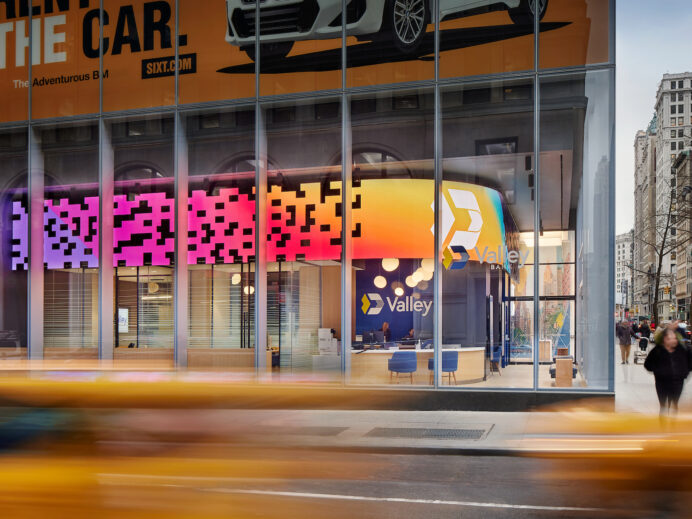In our last article on digital display, we outlined how signage helps organizations maximize their visual real estate and drives compelling brand messaging – benefits that extend from large-scale stadium style displays all the way down to indoor retail environments. With the signage market thriving and becoming more accessible to more brands every day, what do organizations looking at a dynamic signage solutions need to consider during installation and deployment? From planning to technical must-haves, we’ve gathered up our best recommendations to make the most of any brand’s signage efforts.
Site Survey
Surveying a location is critical to the success of all the implementation phases to follow. Depending on budget and scope, a site survey can include anything from reading and plotting out a floor plan; to a video chat tour with local staff; all the way through to having a technician complete a thorough walkthrough of a location with images, schematics, measures, and mechanical drawings. Site surveys can take anywhere from 15 minutes to several hours and include placement of each technical component and planning for any potential challenges during installation and deployment.
Networking Considerations
During the planning phase, it’s not just the physical space to consider. How brands expect to deliver their signage content and keep it flowing and fresh are also part of the plotting and planning process. The use of video walls, projectors and large format screens will require a networked, dynamic method of managing content. This means that some element of software and programming will need to be used to deliver the brand messaging onto the screen. Depending on software and security, planning should incorporate all site-specific and cross-network connectivity and protocol requirements.
Staging and Set-Up
Using information from the planning phase, next steps include: acquisition of appropriate technology to meet the scope of work; pre-installation configuration and kitting; and staging, setup and testing. Where possible, wiring is pre-equipped to make field installation more efficient. In staging and set-up, devices are configured with network protocol requirements and software is programmed per location, including the first run of location-specific content. Configuration, kitting and testing will typically take several hours per site. With more complex systems, installation time will increase based on scope and scale.
System Maintenance
Because the system has moving parts, ongoing maintenance is required to ensure content that remains is visible and can be programmed properly. Maintenance considerations include network monitoring, software updates and upkeep, hardware warranty and damage repair. One key step that can go a long way to troubleshoot any future maintenance issues is burn-in. That’s a testing phase in which software and hardware are exercised before going live. Burn-in lasts between a week and a month and helps prevent future failure as the capacity of the system is stressed and assessed.
To speak with one of our experts or get more information about our in-store digital and environmental signage services, contact us at [email protected].





